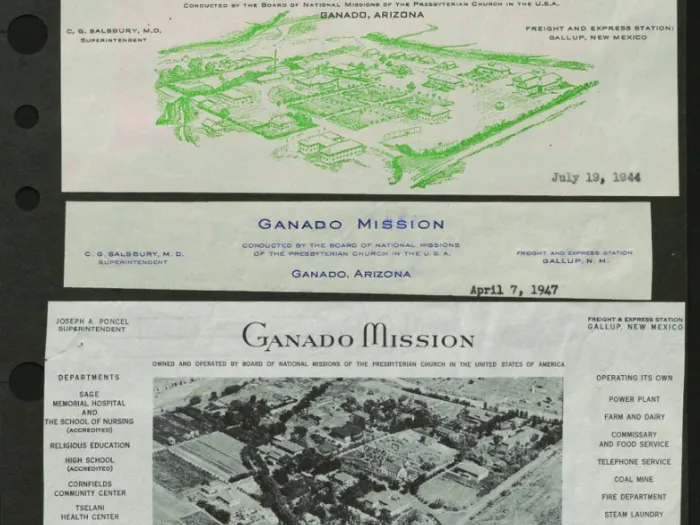
On the Road to Black Caucus
In preparation for the 48th gathering of the National Black Presbyterian Caucus, the Presbyterian Historical Society offers stories from the Black Presbyterian Archive. Click here to learn how PHS is collecting records of the Black Presbyterian experience through the African American Leaders and Congregations Initiative.
A keen educator of African American presbyters, and a dedicated church administrator in the old Synod of Catawba, Frank Shirley’s ministry was devoted to Black people’s self-determination. For him the work of building up effective Black elders, self-sustaining Black congregations, schools, and institutions, went hand-in-hand with political and civil liberation.
As the educator and church administrator Frank T. Wilson wrote, Shirley was uncompromising on this score: “He was particularly incensed as he noted the psychological effect of segregation on pastors, who often prostituted their dignity and independence of spirit in order to receive money or some insignificant token of honor from the paternalistic fathers of the national agencies of the denomination or from its wealthier churches.”
Frank Carl Shirley was born 2 December 1888 in Jackson, Mississippi. He attended Biddle University (the future Johnson C. Smith University) in Charlotte, N.C. beginning in 1908, transferred to Lincoln University in Pennsylvania, and completed his theological study there in 1916. He was licensed in Chester Presbytery before taking a pastorate in Okmulgee, Oklahoma in the Presbytery of Rendall. During World War I he served as a U.S. Army Chaplain at Camp Meade Cantonment, Maryland. From 1920 to 1926 he served as a Sunday School missionary in West Virginia, Eastern Tennessee, and North Carolina.

His most significant work was as field representative in the Synod of Catawba. Reporting to the Board of National Missions and the Board of Christian Education, Shirley’s job was to cultivate Black Presbyterian life. As a trained leader, he looked for the next generation of leaders to be educated, becoming elders and ministers. He held that even small, rural Black congregations could evangelize among their neighbors, grow in number, and sustain themselves economically.
Brochures of the 1950s tout Shirley’s “Lord’s Acre” program. Shirley recruited Black congregants to set aside a portion of their farmland, one acre per family, whose produce would be sold on behalf of the church. Frank Wilson remembers “corn and chickens, turkeys and tomatoes, tobacco and timber” all coming to the aid of rural Black churches; Shirley’s brochure mentions turkeys, cotton, and corn. Shirley led by example – his yard in Charlotte had a flock he called “Lord’s turkeys.”


Hard work and orderliness governed Shirley’s ministry. In the “Lord’s Acre” his contribution was accounting for each family’s contribution – “Dr. Shirley insisted upon orderly and recorded procedure.” In a church camp in Big Lick, Tennessee, some years earlier, Shirley gathered “white, Negro, and Japanese Americans, with a Cuban as well” to do labor on a Presbyterian mission camp. “Canning food for next winter’s school lunches, working in the mission’s forest tract, all these were too engrossing to leave much time to think about the racial descent of the next person. Sometimes just plain aching muscles were the most important thing in the world.”
Shirley later served as managing editor of the Synod newspaper The Black Advance. Intended to relay news of the Synod’s programs, and “for encouraging black church pride,” the newspaper advocated for winding down the PCUSA Unit of Work with Colored People – the national agency that the Synod was subject to – and to make Synod self-administered. Autonomy for the Synod of Catawba came by General Assembly vote in 1966; Shirley had passed seven years earlier.
Learn more:
Living Witnesses: Black Presbyterians in Ministry III (1977)
You may freely reuse and distribute this article in its entirety for non-commercial purposes in any medium. Please include author attribution, photography credits, and a link to the original article. This work is licensed under a Creative Commons Attribution-NonCommercial-NoDeratives 4.0 International License.




